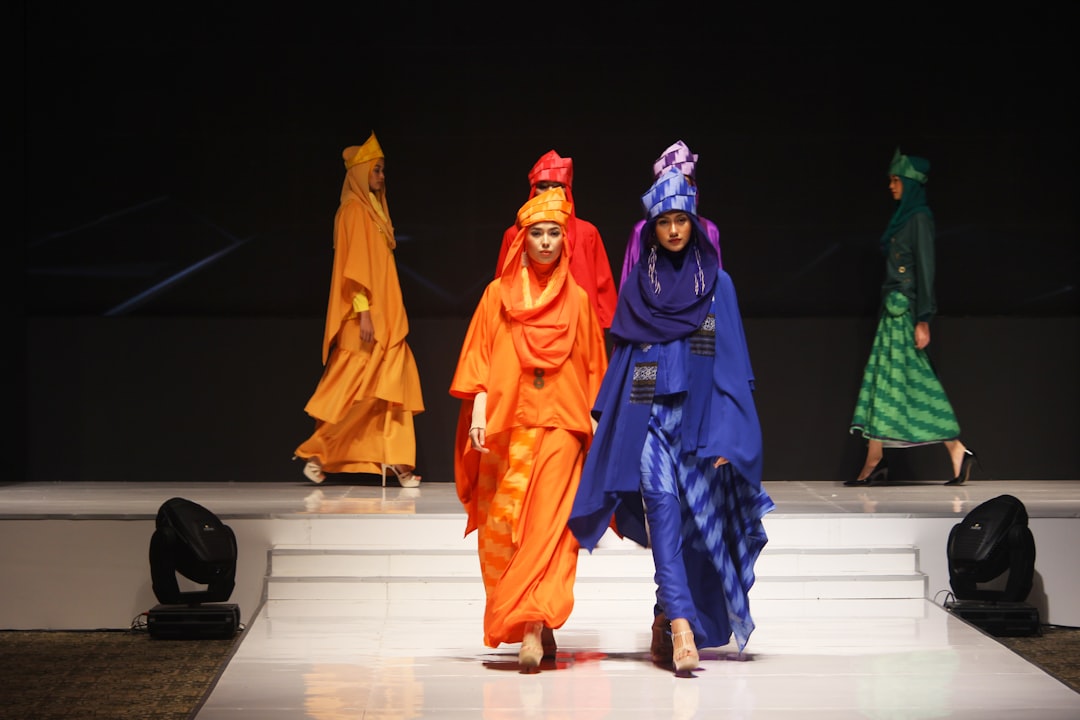
Welcome to The Matterhorn: intersections of literature & art! I investigate ideas through the arts with a cultural studies lens. You can check out the podcast here with links to Apple and Spotify. For more on writing, yoga, and culture, please visit my other Substack called Yoga Culture.
Thanks for joining me here! I would love to hear your thoughts in the comments.
What does your clothing say about you?
Fashion is just…clothing, right? I mean we go to the shops in person or online and choose something and put it on. We might consider the purpose of the clothing in terms of comfort or appropriateness. We might consider the way a color or fit flatters our bodies. We might enjoy trying new trends and keeping up a current edge on culture.
I am certainly no fashionista or fashion expert, but I am interested in the way clothes change over time, the way they make us feel, their cultural origins, and the debates about the impact of fashion world, such as the environmental impact of micro-seasons and fair wages and working conditions for workers.
I also think fashion can be fun. It’s one of the ways we can play with aesthetic or identity everyday if we choose to. I grew up in New England in the 80s and 90s, replacing my grunge-inspired daily go-tos in high school with LL Bean, Polo, The Gap, and J. Crew in college. One might call it conformity, but it was also what was available in the Freeport outlets not far from campus. Anyway, more than half my time was spent in track clothes, which I probably gave a lot more thought to at least in terms of their performance capabilities.
After many years of more professional attire, such as tailored-looking dresses, whilst teaching, I’m back to being a big fan of the band t-shirt and even the odd flannel in winter, but I also float into many categories. I like to play with the relationship between clothing and identity in this way, often moving between personas that are all real. I wrote something about this for Modern Women last year: “Trading in for a Writer’s Wardrobe: how sartorial switches help us move on.” Spoiler alert: wear what you want!
Something I mention in the article is specific items of clothing or accessory that give you writing ‘superpowers’, like my college roommate’s feather boa which she donned religiously for each paper she wrote (and aced). For
, who writes about music and a lot more, it’s this fabulous jacket, which he discusses in this Note:Relatedly, I was listening to a podcast last week that
recommended to me in the comments of Writing and Embodying Consciousness on my other publication. The whole two and a half hours are worth listening to and completely mind-blowing! From approximately 13:00 - 20:00, cognitive scientist, AI researcher, and philosopher Joscha Bach discusses the concept of donning a costume to access different parts of our personalities or to play with identity as well. He speaks both figuratively and literally of the way clothes can have meaning and implications for the way we choose to live as conscious beings.If you’re using the costume because it suits you at the time, then it’s a positive choice. Additionally, one might consider the reasons you select said costume: is it an authentic choice or one that comes from external factors? However, he argues, if those external factors are conscious elements you choose to play with and use for your benefit, then it is ok. Bach doesn’t judge the levels of consciousness he describes nor does he judge the use of costumes (or not).
I’ll add to the “Trading in…” narrative that in my purchase of multiple denim jumpsuits in celebration of jumping into my artist role, I am not alone. I’m not sure if this makes my choice more or less authentic, but I did not consider the discourse as I made my purchases. Fashion critic and lecturer Charlie Porter’s What Artists Wear1 has a chapter on denim. After discussing its “commonality,” allowing artists to “blend in” rather than stand out (p. 102), he concludes: “Even when barely there, torn, frayed and gleefully abused, denim carries its narrative power” (p. 133). I felt the power of a type of suit that was the opposite of corporate and a timeless fabric that, yes, had a narrative. I see a filmic montage in my mind as I conjure the image.
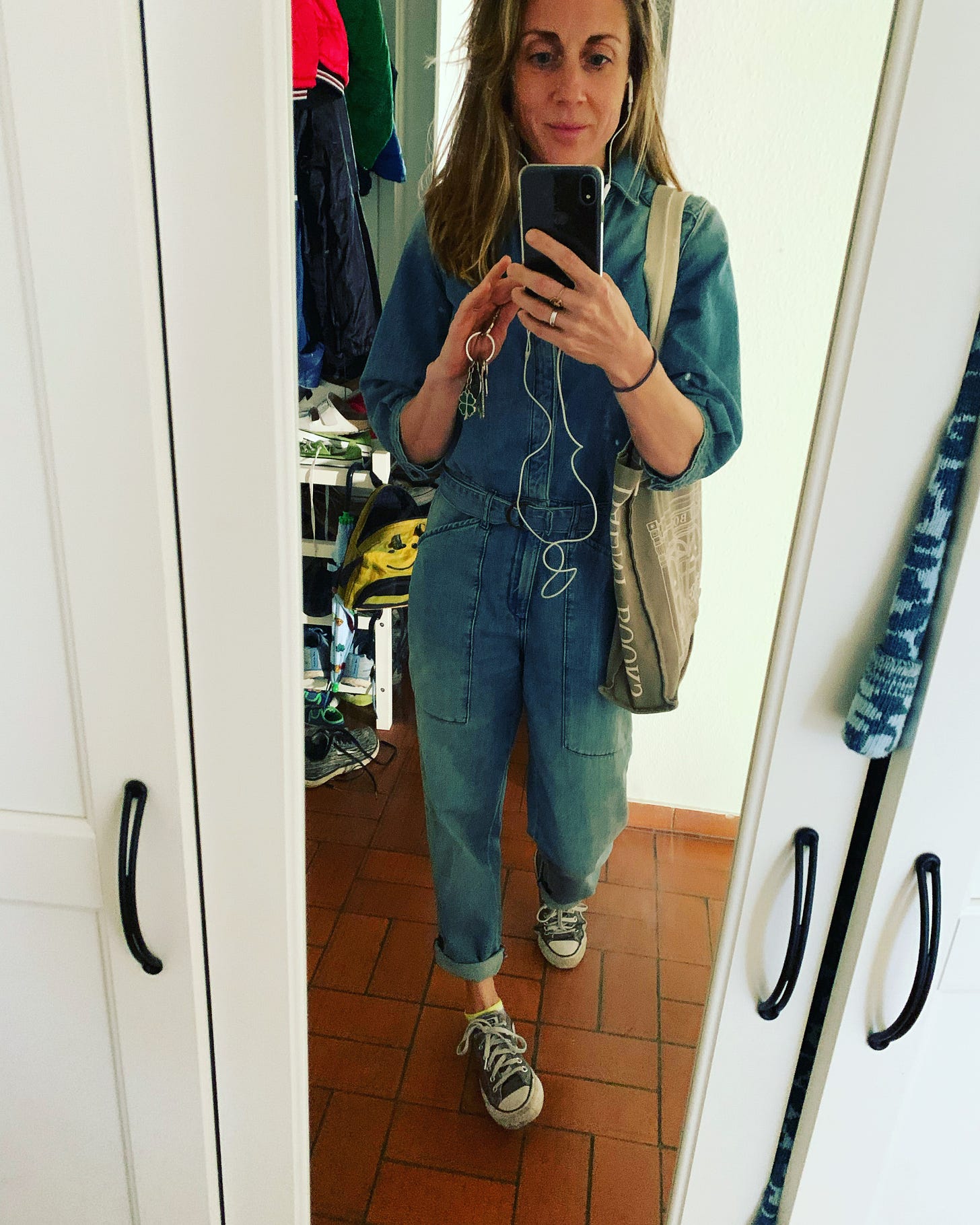
I consider sometimes the way the places I’ve lived and visited have shaped my understanding of fashion. So, I’ve lived in Milan where, at the time at least, I felt out of place if I didn’t wear high heels and lipstick to the grocery store. I’ve lived in Paris where September fashion week spills out onto the streets: magazine shoots, models walking around, visitors bringing their A-Game (or at least something expensive and noticeable). I’ve seen Lolita and Kigurumi inhabited Japanese streets and witnessed the East meets West freedom of Hong Kong street fashion2. Now in Basel, Birkenstocks, black winter parkas, and cropped fringe are king. Some of these transitions are, of course, also due to the changes in time.
I’ve considered the fashion world’s influence on the common people walking the streets, including myself. And I’ve been intrigued by the discord between fashion magazines like Vogue and real life.
Haute Couture and fashion as Art
Let’s start with a couple definitions:
Haute Couture —
French for “high dressmaking” — “Haute couture in fact means that all the pieces are constructed by hand from start to finish and they are made from high-quality fabrics and sewn with extreme attention to detail and finished by the most experienced and capable sewers.”
Prêt-à-Porter —
French for “ready to wear” — garments created to a standardized size that can be purchased in stores. Part of a brand’s look that is usually previewed a year before the actual sale.
Further distinction in this article from Mochni is useful.
Some fashion isn’t really meant to be worn. Ok, maybe it’s meant to be worn on the catwalk or for a singular event. Then, it often ends up in private collections to ogle at or even in museums. It is Art. Even the Met in New York has a Costume Institute, which has been renamed as the Anna Wintour Costume Center for the past decade.
Wintour, the editor-in-chief of Vogue, is synonymous with the fashion world. The September Issue is a documentary following Wintour in preparation of the 2007 September Vogue, typically a tome of fashion photography and writing.
Then there was The Devil Wears Prada, loosely based on the writer’s — Lauren Weisberger — time working as an assistant for Wintour. The intimidating British-American woman behind the sunglasses and signature bob claims: "I cannot remember who that girl is." I can’t imagine the film without Meryl Streep. Can you not see Streep uttering the same response (albeit, more in jest)?
I’ve visited a few amazing fashion shows in museums, such as the V&A and Grand Palais. What I love about seeing them in these spaces is that we can start to consider the narratives as histories continuously evolving, both personal in regards to those who wear and design the clothes and societal in the way our cultural attitudes and opinions change over time. Also, seeing the clothing in person instead of magazine means it’s 3D and the textures come alive, even though we can’t reach out and touch them.
I’ll consider a couple of fashion films soon, but today you might be intrigued to also watch the trailer for Ready to Wear from 1994, which attempted to capture the kookiness of the 90s fashion world. Even the trailer asks questions about the purpose of high fashion and if fashion is indeed art.
Fashion space
Before we actually launch our exploration into space, let’s just consider for a short moment the great Starman himself, David Bowie, and the way he used fashion to present himself to his audience. He also collaborated frequently with Kansai Yamamoto, the Japanese fashion designer who brought these ideas to life3.
NYT fashion reporter Vanessa Friedman wrote about fashion’s entry into (literal) outer space in “NASA’s New Spacesuit: It’s a Look,” where she investigates the hipness of this extremely functional clothing:
It’s not just because of its cost (the order has a “base value of $228.5 million,” according to information provided by NASA) or its technical specifications, which are extreme: Nicholas de Monchaux, the head of architecture at M.I.T. and the author of “Spacesuit: Fashioning Apollo,” described it as “really less a piece of clothing than a very small building or a very small spacecraft.”
It is because, as Mr. de Monchaux said, the spacesuit is “the costume for the drama we project into space.” The way we “put ourselves into the heavens.”
I’ll come back to Friedman when we look at politics next week. She has some amazing takes. I guess some people think in this way even if it’s not truly outer space. Fashion can be loaded with symbolism or simply regal qualities. Consider the recent British King’s coronation and all the fuss that is made over any royal gathering and their fashions, both the traditions and modern choices. Or take the red carpet look at the Academy Awards and other big shows. These are statements, sometimes political, sometimes marketed, and other times purely for the joy of life that it brings to the party.
In the next few weeks, I’ll bring you articles about the iconic Yves Saint Laurent, Fashion Politics, and Fashion Fictions.
You may also want to check out a few articles from the FT Weekend’s The Art of Fashion: the literary issue: “Rare is when the worlds of fashion and fiction collide. But when they do, the results can be mesmerising.” There are articles on “the clothes Jane Austen wore” (
👀 ), TS Eliot, James Baldwin style, and novelist-Substacker Brandon Taylor from , discussing the way his “characters often begin with an outfit.”What’s your personal experience with fashion? Love it or hate it? Think about it at all? How does what you wear represent your identity (or not)? Have you been to a big runway or museum show? How much money do you spend on fashion (and how much space does it take in your home)?
We would love to hear from all of you! See you in the comments discussion.
The chapter on Basquiat is a real treat!
If you go to Hong Kong, visit Granville Road in Tsim Sha Tsui for all the little boutiques from Korea and Japan…
One might also consider Daft Punk and their space-age costumes. They also take hiding behind fashion to the extreme (like the Gorillaz). To some extent, maybe we all hide behind our clothes?






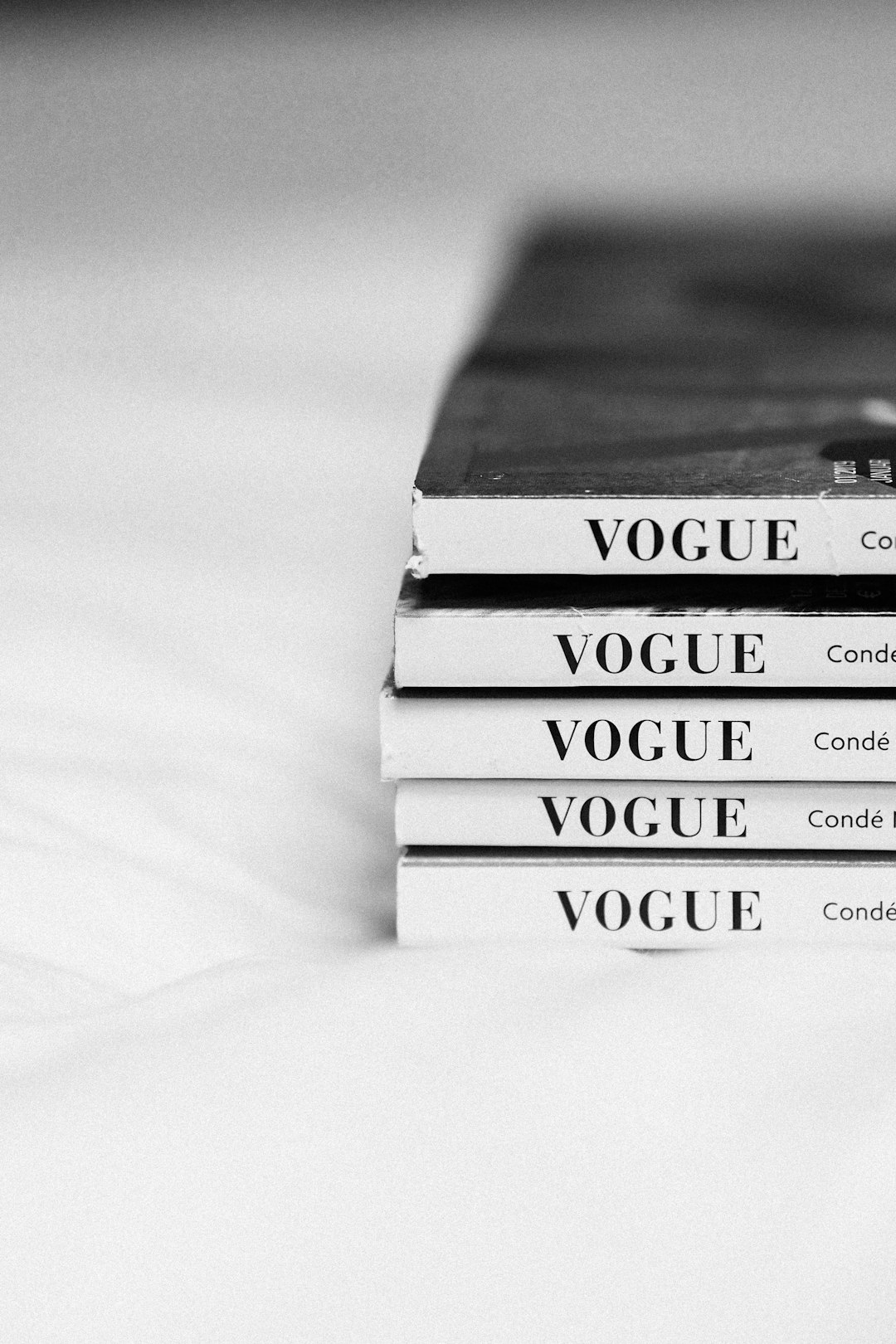
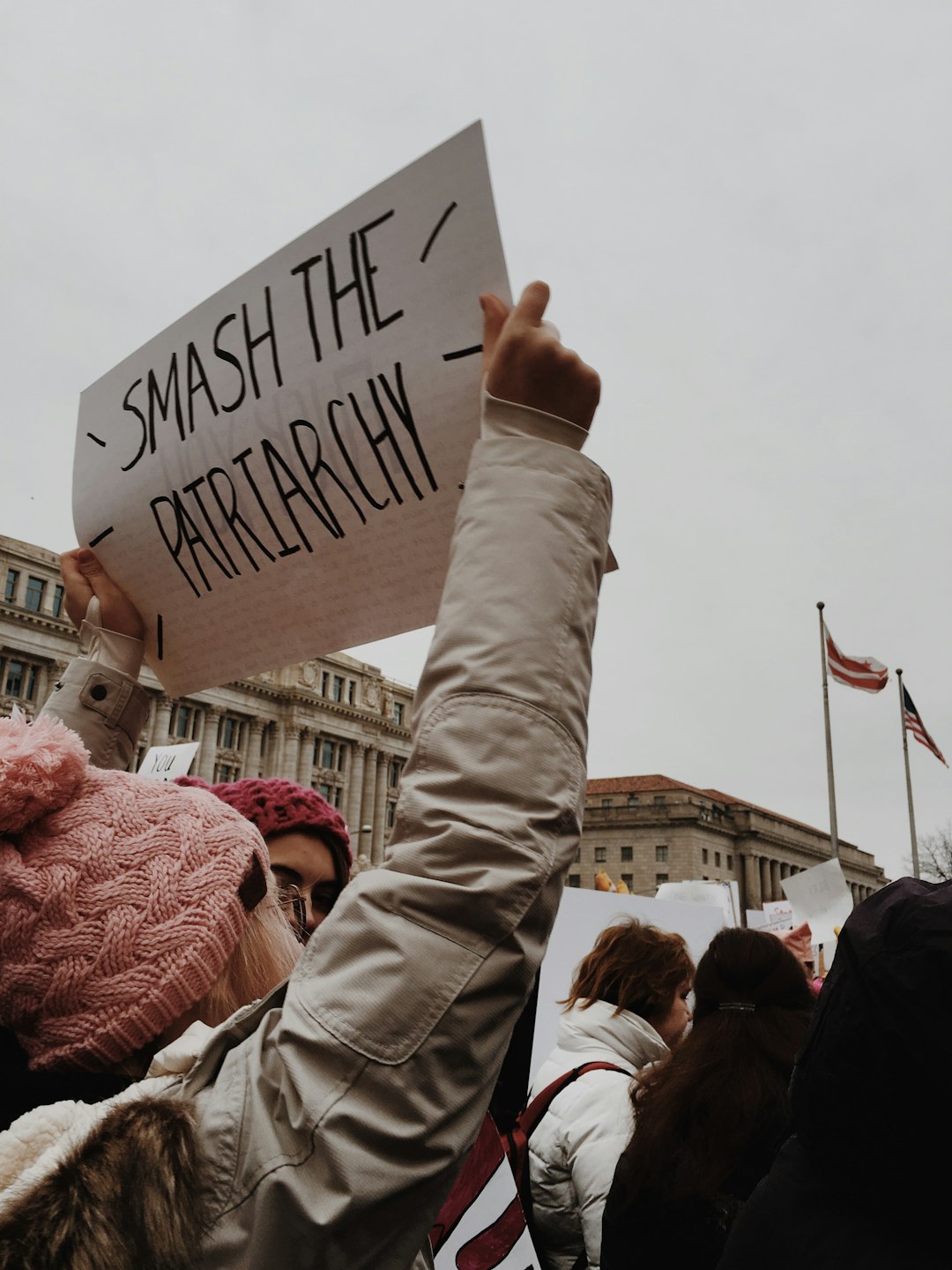
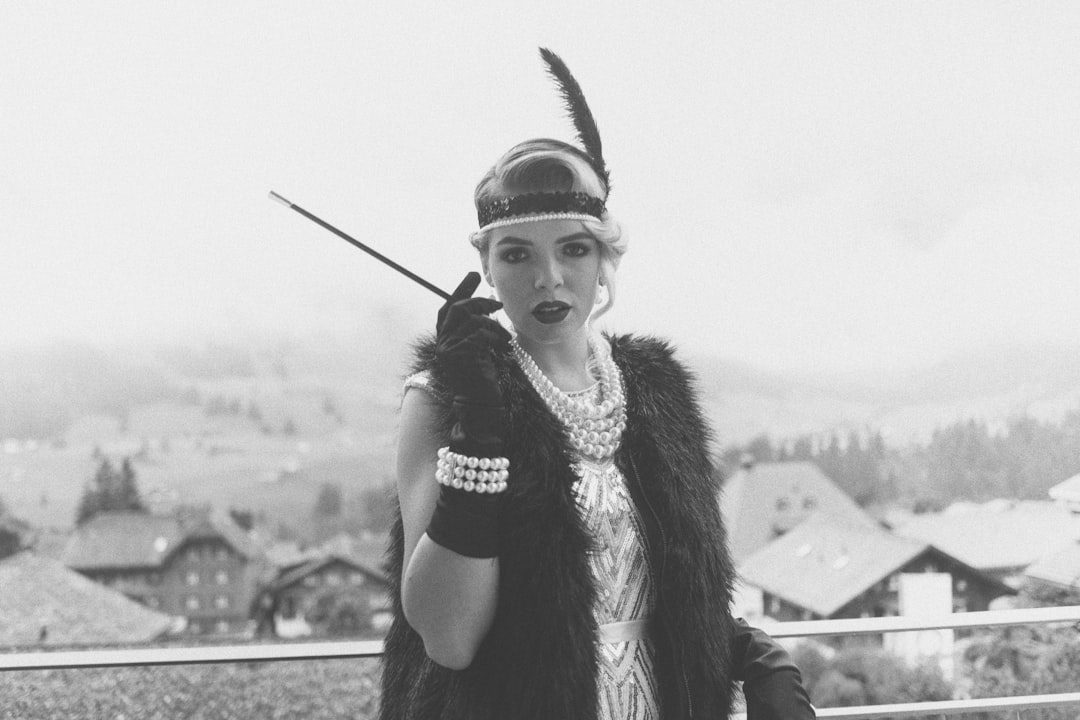
What my clothes say about me is that I have very little interest in fashion, yet nothing could be further from the truth! Long-standing issues with body image have made it difficult for me to indulge my interest but I admire it as an art form, the skill it requires to make, and even seeing a person walking down the street wearing something that suits them perfectly.
In recent years I've seen the David Bowie exhibition at the V&A which I mention in an upcoming piece on the Thin White Duke, so it was nice to see the Starman clip here. It was the McQueen outfits that stood out for me. The tailoring! The V&A also had a Grace Kelly exhibition which we saw by chance having gone to see some Raphael cartoons and got there a bit too early! The vintage dresses were - as you can imagine - a sight for sore eyes. I enjoyed a Mary Quant exhibition at the V&A which was shown around the same time as one on Dior. Friends told me how amazing the Dior one was and I can well imagine - the queues for it when we went to see Quant were long. There was less interest in Quant but that was the one I had wanted to see : she has always been a style icon for me and I thought her designs really were revolutionary. We also saw a small number of Vivienne Westwood creations at an exhibition in Southport once. She was one of the greats.
Last year I wrote an article on Isabella Blow. I'll just provide the link for you here Kate. She was a legend in the industry!
https://open.substack.com/pub/juliadpickering/p/mixed-media-12isabella-blow?r=1hm9gb&utm_campaign=post&utm_medium=web
Love this, Kate! I am not a fashionista either, and I always envy those people who seem to have an innate sense of style - which I think is slightly different to fashion, in that it is the way they wear clothes which sets them apart. But your opening around identity is what interests me. I have been thinking about this a lot lately (probably more than is warranted, frankly!) But I think the word 'transitions' here is key. I know that I have moved through several transitions in my lifetime of clothes-wearing and styling (as we all do) and I have been playing around with this in the past year or so as I hit 50. When I was a new mother, for example, I had to adapt my former professional wardrobe to jeans and t-shirts, but I was always concerned with not adopting that 'mumsy' look. When I ran an arts business, I was constantly covered in paint and clay dust and so wore jeans and t-shirts all the time for work, teaming these with more 'boho' headbands and scarves, which seemed to fit the vibe then. When I returned to work in an office part-time, I notched it up to a bit more professional, of course, and now that I work between an office and home as a writer, what I have found is that I feel the need to still wear smart-ish clothing on writing days, albeit a bit dressed down, as it makes me feel I am taking my writing more seriously. Probably silly! But I really think that far from frivolous, what we dress ourselves in (call it fashion or not) affects the way we feel about our roles and our self-esteem in general. I know that as I am 'transitioning' into a new phase of life atm, I have swapped out some of my older clothes for ones I feel reflect where I want to head next! Thank you for another thought provoking post - I look forward to the rest of the series :)